Bukhara, the iconic restaurant at ITC Maurya New Delhi, recently celebrated 45 years of success, and I had the pleasure of joining the festivities. As I immersed myself in the celebration, one question lingered on my mind: Is Bukhara truly the most iconic restaurant in India?
Bukhara undoubtedly claims this title when considering factors like its illustrious list of state head visitors and its perpetually bustling ambiance that doesn’t even entertain reservations. With a menu that has seen minimal changes over four and a half decades, eschewing cutlery in favor of a hands-on dining experience, Bukhara boasts a cult following among both foreign tourists and local patrons.
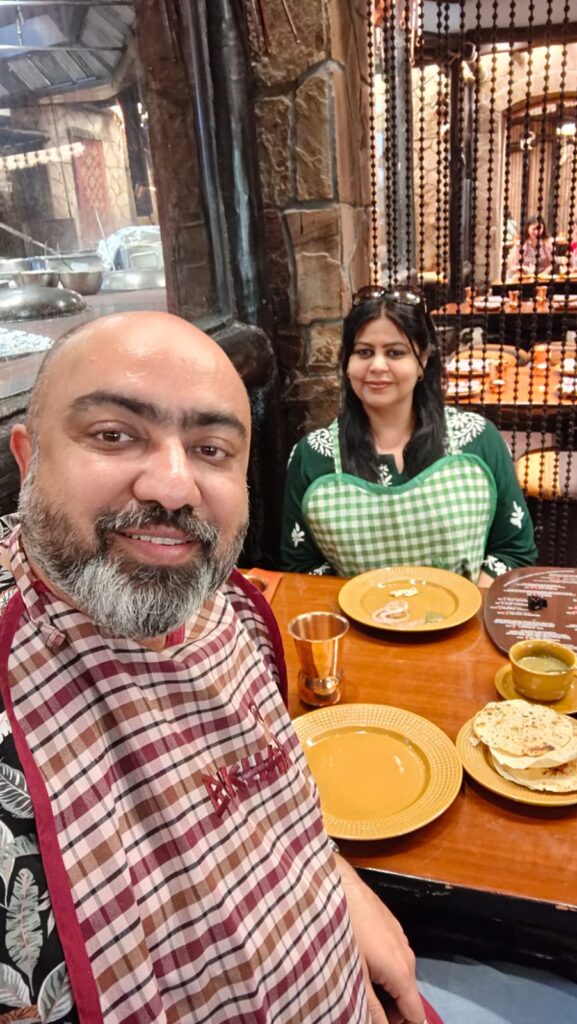
What truly astonishes me is Bukhara’s enduring success despite unconventionalities. Despite its somewhat Spartan seating and amidst a sea of North Indian and North West Frontier eateries in the city, Bukhara maintains its allure with a limited menu. Despite high pricing at par with other 5-star establishments, Bukhara continues to thrive, with my assumption of a monthly revenue of over Rs10 crore—a remarkable feat for a 130-seat restaurant focusing primarily on tandoori kebabs and Dal Makhani.

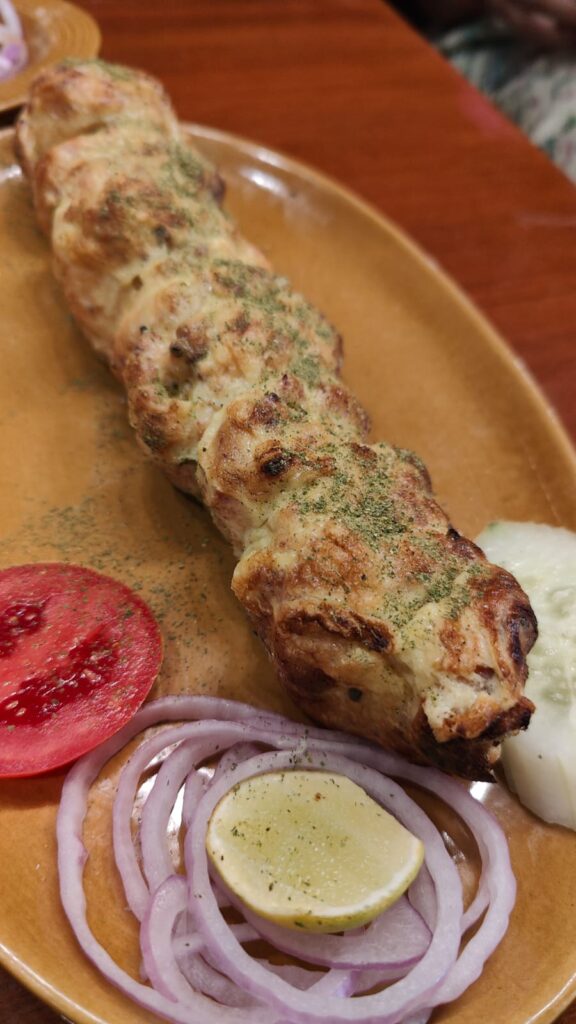
Perhaps the secret lies in its simplicity—a limited menu and unwavering consistency. In an era where maintaining consistent taste across shifts is a challenge, Bukhara has maintained the same quality of flavors for 45 years, a remarkable achievement. Servers here even recognize regulars by name, offering a personalized touch. Dishes like the Naan Bukhara, a massive naan meant for sharing, epitomize this timeless appeal and is the original OG even before ‘instagramable’ became a term.
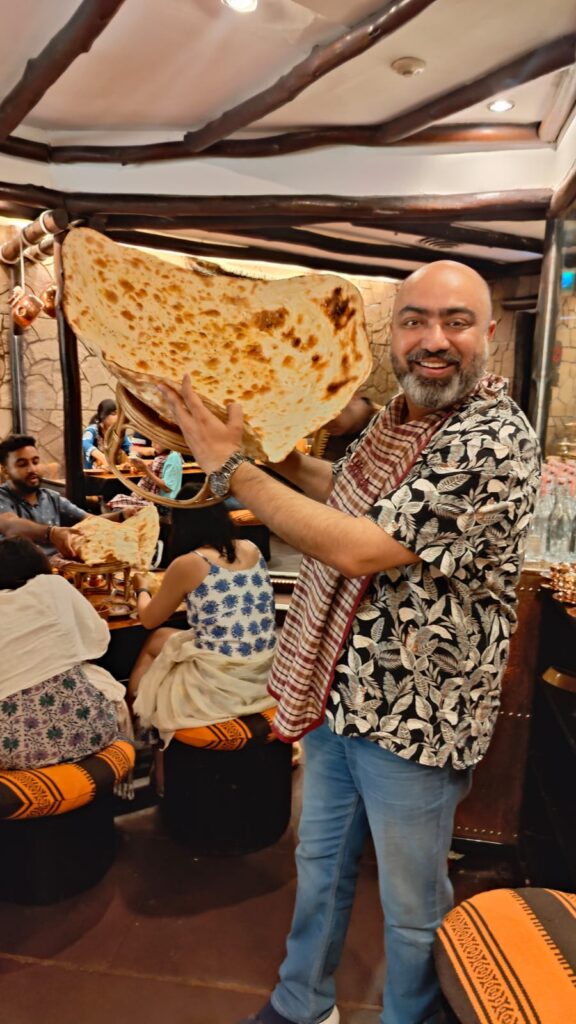
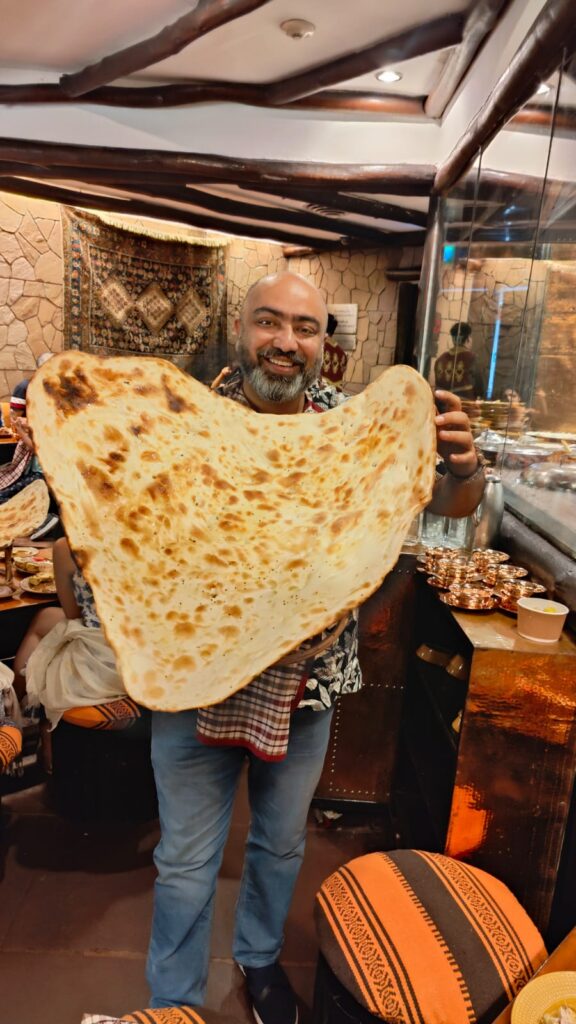
The fame of Dal Bukhara, in particular, has reached such heights that many smaller establishments now dub their own dal makhani as “Dal Bukhara.” But what sets Bukhara’s version apart? Chef JP Singh, who has dedicated 32 years to Bukhara, explains that their Dal Bukhara stands out for its low fat content—just 6%. The slow, overnight cooking over charcoal with minimal ingredients is the secret behind its magic. I can attest to this; despite indulging in a generous portion of Dal Bukhara with my wife, we felt no heaviness, only a craving for more of its simple yet enticing flavors.
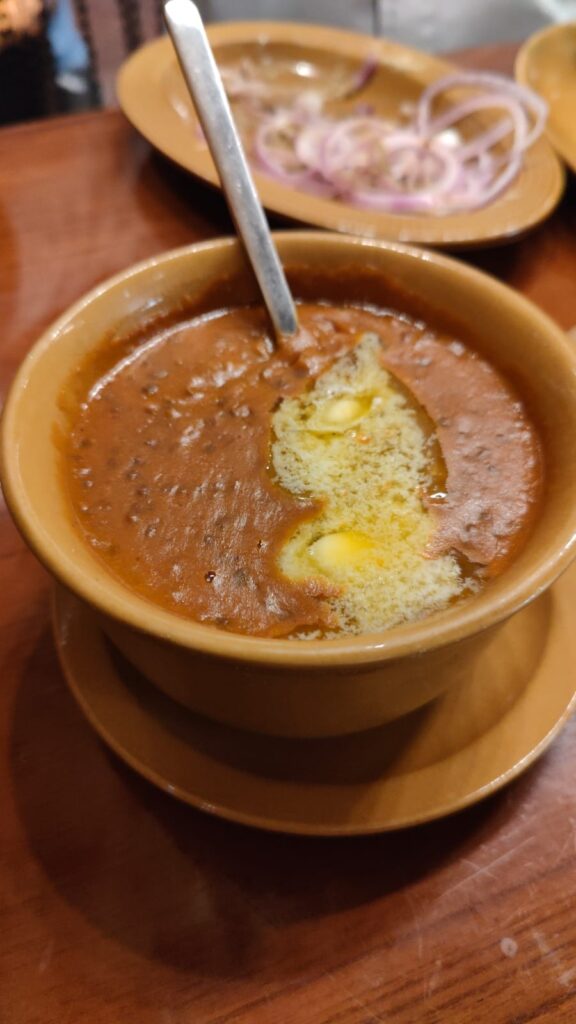

And it is not only Chef JP Singh who has spent as many years with the hotel. Anil Chadha, Chief Executive of ITC hotels, started as a management trainee and apart from his various roles including in the banquet or as the GM of ITC Maurya, he has been personally witnessing Bukhara’s evolution for the last 20 years.
Reflecting on a conversation with Chef Manjit Gill, former corporate chef of ITC, about Bukhara’s signature dishes, he remarked that for a menu as concise as theirs, each dish is a signature in its own right, crafted with utmost care and consistency. Taste may be subjective for a few patrons but one can be assured of same flavours whenever they return.
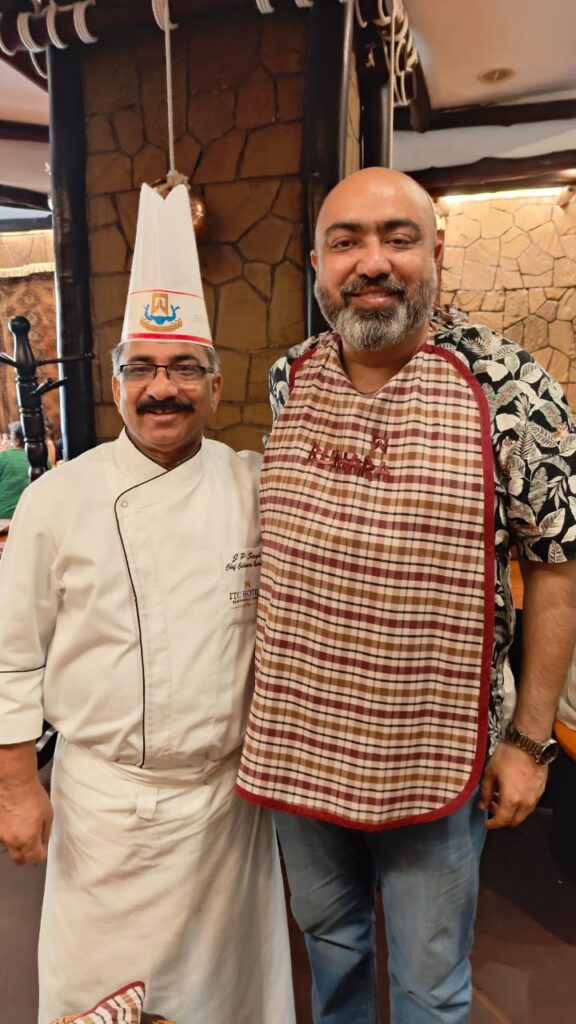

I couldn’t agree more with Chef Gill. While I enjoy exploring new restaurants and their offerings, Bukhara remains a place of comfort and nostalgia, beckoning me back time and again for its unparalleled culinary experience.
This article was first published in ‘The Pioneer’
